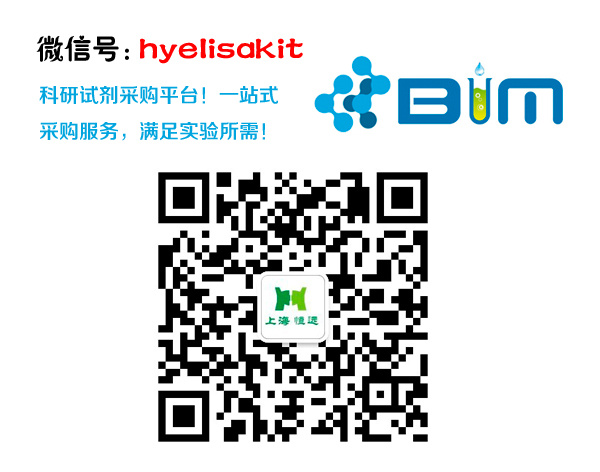The experiment is mainly used for tissue specimens and cell specimens. The former includes paraffin sections (pathological large sections and tissue chips) and frozen sections, and the latter includes tissue prints, cell slides and cell smears. Among them, paraffin section is the most commonly used and basic method for making tissue specimens. The tissue shape is well preserved and can be serially sectioned, which is conducive to various staining control observations; it can also be archived for a long time for retrospective research; Antigen exposure within the tissue has a certain effect, but antigen repair can be performed, which is the preferred method of tissue specimen preparation in immunohistochemistry.
What are the commonly used staining methods for immunohistochemistry?
According to the different markers, it is divided into immunofluorescence method, immunoenzymatic labeling method, and affinity histochemistry method, the latter is a detection method based on a substance having a high affinity for a certain tissue component. This method is more sensitive and is conducive to the localization of trace antigens (antibodies) at the cellular or subcellular level. Among them, the biotin-antibiotin staining method is the most commonly used.
Why do paraffin sections need antigen repair? What are the methods?
Paraffin section specimens are fixed with formaldehyde, which makes the intracellular antigens form aldehyde bonds and carboxymethyl bonds and is partially blocked by antigenic determinants. At the same time, cross-linking occurs between proteins to hide the antigenic determinants. Therefore, when performing IHC staining, it is necessary to repair or expose the antigen first, that is, to destroy the cross-links formed between the molecules during fixation, and restore the original spatial shape of the antigen. Commonly used antigen repair methods include microwave repair method, high-pressure heating method, enzyme digestion method, boiling heating method, etc. The commonly used repair solution is 0.01 mol / L citrate buffer pH 6.0.
Paraffin slices show off during the dyeing process:
â‘ The baking time is not enough, or the temperature is not enough, you can extend the baking time and increase the baking temperature;
â‘¡Use slides containing polylysine, which can be purchased or made by yourself;
â‘¢Some tissues are easy to fall off, such as bone tissue, etc. Do not directly flush the tissue with the PBS during the operation, but above the tissue, let it flow down to rinse the tissue;
â‘£ When repairing with high temperature, sudden temperature cooling may also be caused.
What is its background?
â‘ Consider high primary antibody concentration;
â‘¡ Then adjust the DAB incubation time;
â‘¢ Also consider whether the serum blocking time is too short;
â‘£ Appropriately increase the number of immersion after antibody incubation and prolong the immersion time.
How do you master the above content? If you encounter any unclear problems when doing the elisa kit experiment, you can call the company's salesperson, we will arrange a technical specialist to answer for you, only to help Your scientific experiment!

Pet Razor Scissors,Pet Curved Thinning Scissors,6.5 Inch Pet Grooming Scissors,Professional Dog Grooming Scissors
Zhangjiagang Mister Tools Co., Ltd , https://www.mingshitools.com